
In the world of lifting heavy loads, two stalwarts often stand side-by-side in workshops, 仓库, 和建筑工地: the Electric Hoist and the Manual Chain Hoist (often simply called a Chain Hoist or Chain Block). While both serve the fundamental purpose of vertical lifting, their operation, capabilities, and ideal applications differ significantly. Choosing the wrong one can mean inefficiency, operator fatigue, or even inadequate power. Let's break down the key differences.
在线聊天
1. 电源 & 手术:
电葫芦: 由电动机提供动力. 通常通过按钮吊坠控制进行操作 (上/下) or sometimes a radio remote. Requires a reliable electrical power source (single-phase or three-phase, 取决于模型).
Chain Hoist: Powered purely by human effort. The operator pulls the hand chain in one direction to lift and the other direction to lower the load. No electricity needed.
2. 提升速度 & 效率:
电葫芦: Significantly faster lifting and lowering speeds. Ideal for repetitive lifting tasks, high-volume operations, or moving loads over greater distances quickly. Boosts productivity dramatically.
Chain Hoist: Relatively slow lifting speed, entirely dependent on the operator’s strength and stamina. Best suited for occasional lifts, 精准定位, or lower frequency tasks. Can cause operator fatigue with heavy or frequent use.
3. 提升能力:
电葫芦: Available in a vast range of capacities, from light-duty (例如。, 250 公斤 / 0.25 吨) to extremely heavy-duty models (50 tons+). Easily handles larger capacities efficiently.
Chain Hoist: Also available in a wide range of capacities (例如。, 500 公斤至 20 tons+ common). 然而, the practical capacity is often limited by the operator’s ability to pull the chain effectively, especially near the hoist’s maximum rating. Very high-capacity models require immense effort.
4. 控制 & 精确:
电葫芦: Offers good control via variable-speed motors (on many models) for smooth starts/stops and positioning. Easier to operate consistently. 然而, fine “inch” control might require specific features.
Chain Hoist: Provides excellent tactile feedback and very fine control for precise positioning (例如。, fitting machinery, aligning components). The operator directly feels the load.
5. 安装 & Requirements:
电葫芦: Requires proper electrical wiring and often a robust supporting structure (光束, 手推车, gantry) due to higher speeds and potential dynamic forces. Installation is generally more complex and requires qualified personnel.
Chain Hoist: Simpler installation. Primarily needs a suitable anchor point (钩, lug) on a beam or structure. Highly portable – easily moved to different locations.
6. Cost Considerations:
电葫芦: Higher initial purchase cost. Requires ongoing electrical costs. Potential for higher maintenance costs due to the motor, 变速箱, and electrical components.
Chain Hoist: Lower initial purchase cost. No operating energy costs (beyond operator calories!). Generally lower maintenance costs (齿轮, 轴承, 链).
7. Noise & 环境:
电葫芦: Generates noise from the motor and gearbox during operation.
Chain Hoist: Operates silently (aside from chain movement sounds).
8. 安全功能:
Both: Should have essential safety features like load limiters/overload protection and mechanical brakes. 电葫芦 often include additional features like emergency stop buttons, 缺相保护, and thermal overload protection for the motor. Chain hoist safety relies heavily on correct operator use and not exceeding capacity.
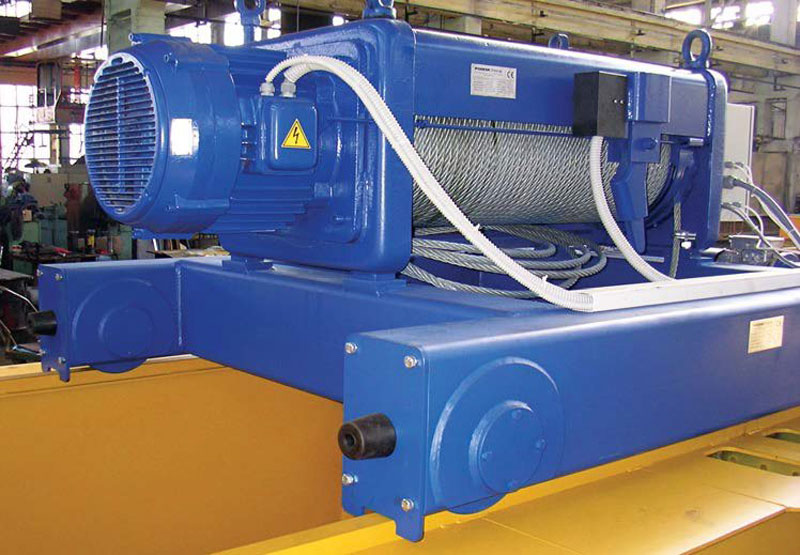
1. High-frequency, repetitive lifting tasks.
2. Lifting heavier loads efficiently.
3. Applications requiring faster lifting/lowering speeds.
4. Situations where operator fatigue needs minimizing.
5. Integration into production lines or automated processes.
6. Lifting over greater heights frequently.
1. Occasional lifting needs.
2. Precise positioning tasks (machinery installation, alignment).
3. Applications where electricity is unavailable, unreliable, or hazardous.
4. Lower capacity lifts where operator effort is manageable.
5. Budget-conscious projects.
6. Situations requiring high portability and quick setup in different locations.
7. Maintenance shops, smaller workshops, field work.
There’s no single “best” hoist. The right choice hinges entirely on your specific needs:

1. Load Weight & 频率: How heavy, how often?
2. 提升高度 & Speed Needed: How far, how fast?
3. 功率可用性: Reliable electricity on-site?
4. Precision Requirements: Need fine control?
5. 预算: Initial cost vs. long-term operating costs?
6. 可移植性: Need to move it around frequently?
7. 环境: Dusty, wet, explosive atmosphere? (Requires specific ratings).
By carefully weighing these factors against the strengths and weaknesses of electric and chain hoists, you can confidently select the lifting tool that maximizes safety, 效率, and value for your specific application. 记住, sometimes having one of each is the perfect solution for a versatile workspace!
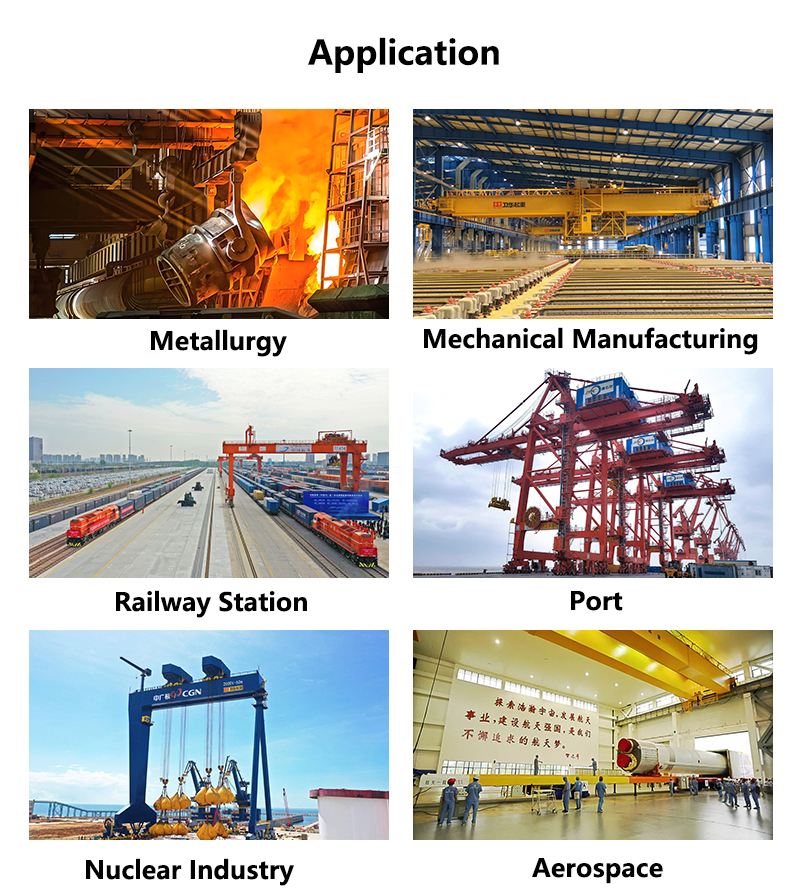
A1: Both come in similar capacity ranges (例如。, 0.5–20+ tons). 然而, electric hoists handle heavy loads efficiently without operator strain, while manual chain hoists rely on human effort (making very heavy loads impractical for frequent use).
A2: 非常适合:
1. Frequent/repetitive lifting.
2. Heavy loads (1+ 吨).
3. Tasks requiring speed or minimal operator fatigue.
4. Production lines or automated settings.
A3: Choose when:
1. Precision positioning is critical (例如。, machinery alignment).
2. Electricity is unavailable or hazardous.
3. 可移植性, low cost, or occasional use is prioritized.
4. Lighter loads or infrequent lifts.
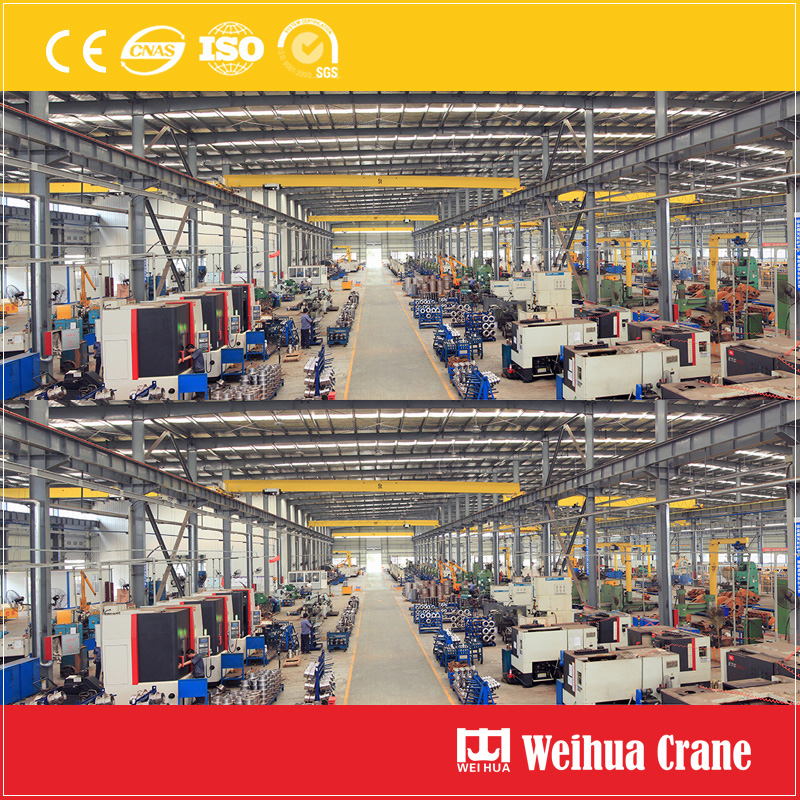
我们重视您的反馈! 请填写下面的表格,以便我们可以根据您的特定需求来量身定制服务.
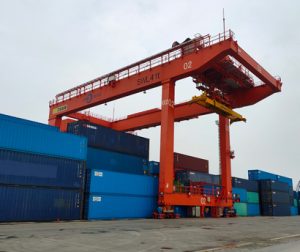
港口货运电动葫芦是专门为港口设计的重型起重设备……
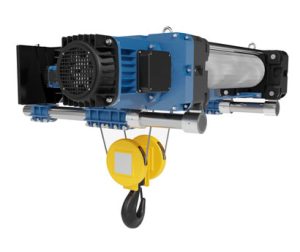
15 吨钢丝绳电动葫芦主要特点 & 好处 1. 卓越的起重能力……
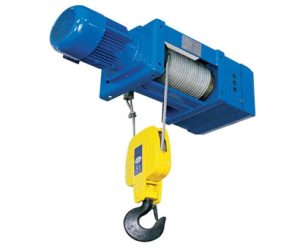
卫华吊顶式电动葫芦具有结构紧凑、低净空电动葫芦……

12 吨链升起不仅仅是一种工具 - 它是您针对停机时间的一线防御, 安全的……
